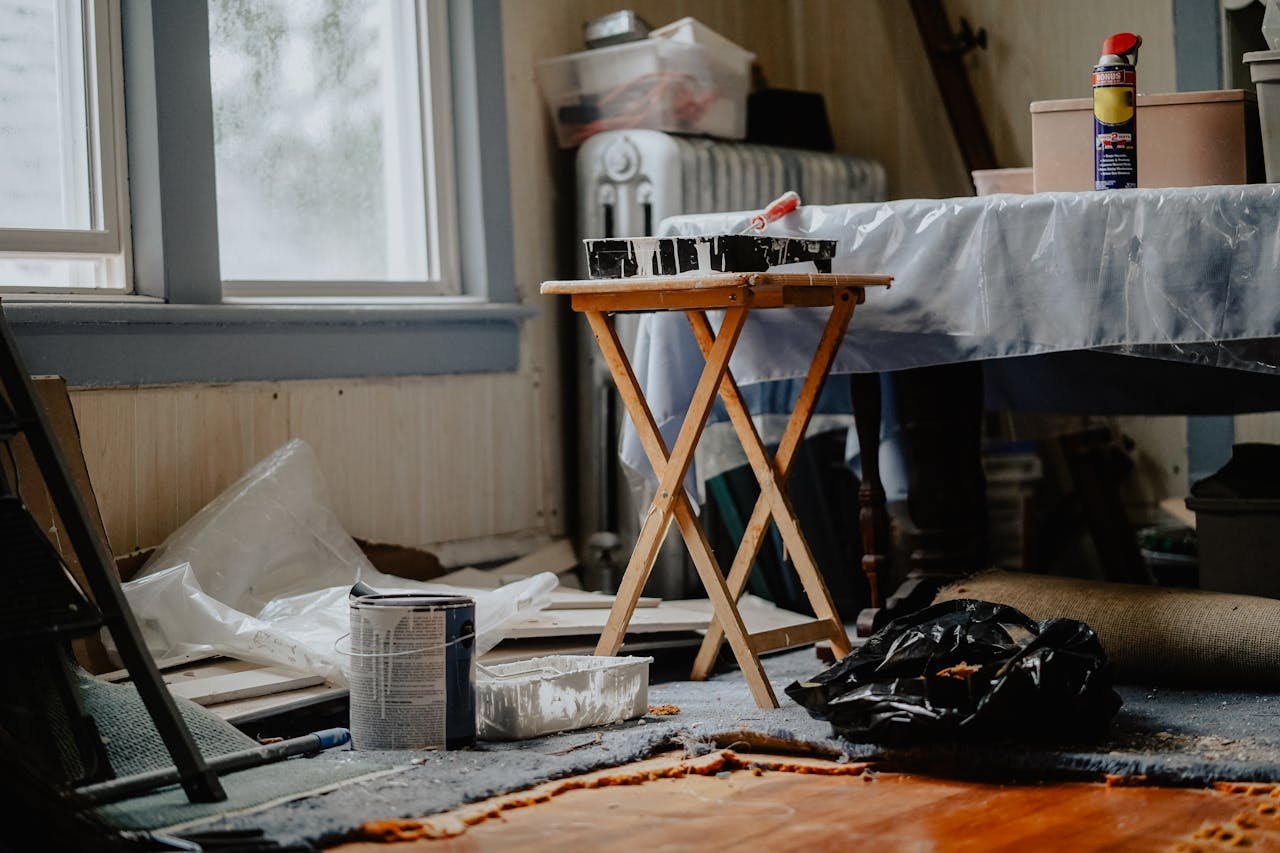Photo by SHVETS production:
Consider the blend of escape rooms and the significant role fashion plays in them. You step into a different world, an immersive environment filled with powerful narratives and puzzles that stretch your mental muscles.
Your attention instantly goes to the intricate details, from the decor to the costumes worn by characters – yes, even fashion has its place in these intriguing spaces.
The Interplay of Fashion and Games
Just as you’d lose yourself in a favorite book or movie, so too does an enthralling escape game suck you into its vivid universe.
The design detail often includes elaborate costumes relevant to the game’s theme – a crucial detail that Hour To Midnight Escape Rooms know all too well. You can’t overlook how visually rich outfits invigorate player involvement, making them feel part of a larger narrative.
Origin and Evolution
The rise and evolution of escape games are fascinating stories on their own. These interactive experiences were born out of simple online point-and-click games, offering players an opportunity to step into a virtual mystery that needed solving.
Over time, these digital adventures transformed into real-life experiences and the first escape rooms – places for the imagination where you could touch, move and investigate. Equally interesting is the evolution of fashion.
From utilitarian gear to supreme forms of art and expression, fashion has evolved to reflect society’s changes – its triumphs, troubles, and transformations.
Impact on Player Engagement
Imagine entering an escape room set in Victorian England or ancient Rome – how would characters dressed in modern attire ruin your immersion?
The right clothing strengthens your connection to game characters while enhancing the setting’s authenticity. It breathes life into the plot while aiding immersion and lifting what might otherwise be just an average puzzle-solving exercise to a whole new level.
Fashion as Narrative Device
Intricately designed costumes go beyond simply “looking the part”. They become non-verbal cues that silently communicate parts of the storyline or reveal character backgrounds.
A frayed hemline or bloody coat may hint towards past struggles or forthcoming dangers. These unspoken storylines unraveled through visuals set a robust foundation for an immersive experience.
Influence on Player Strategies
Even more challenging (and rewarding) is when attending to these fashion details becomes crucial for escaping from the room itself!
Your observation skills are put to the test as you decode elements embedded in clothing designs – a secret pocket here, a coded insignia there – that could eventually help you outsmart your fictional predicament.
Iconic Outfits in Escape Games
Escape games are chock-full of iconic outfits meticulously designed to complement each unique scenario – outfits that successfully define each character’s identity while strikingly punctuating memorable moments within gameplay.
While these outfits could have been replaced by simpler attire or overlooked entirely, their inclusion heightens your overall gaming experience significantly.
Critical Thinking Through Costumes
Take a moment to reflect on how fashion in escape games spurs critical thinking. In the heat of the game, it’s more than just aesthetics, it is clues disguised by threads and patterns.
It demands unwavering attention to detail – everything is a potential tip toward your much-needed breakthrough.
Elevating Game Experience
Escape rooms are centered around creating an immersive experience for players where attention to each detailed element is paramount. Elevating your own fashion game to match the surroundings will help create a more immersive experience.
The costumes of characters, often overlooked during game design, can add depth and complexity to the game’s narrative structure while also making players feel like they’re part of the storyline.
Designing Costumes for Games
Designing such powerful tools demands a fusion of aesthetics and utility while maintaining a focus on function over flair always.
It involves creating attire that fits seamlessly within its created universe yet makes telling contributions towards enriching players’ experiences – stirring joy, fear, and surprise at every turn – and leading them along their journey.
Challenge of Authenticity
Designing apparel for escape games isn’t just about being true to period or situation-specific costumes – but maintaining that authenticity whilst embedding them with hints and clues.
Historic and vintage clothing has value as fashion. But, they can help to set the scene and be used as props or as actors’ clothing.
You might notice a seemingly innocent historical outfit that upholds its period perfectly, concealing within its many folds necessary riddles for you to solve.
Bridge to Reality
Designing and incorporating costumes into the narratives of escape games acts as a bridge, connecting the simulated world of these rooms with reality.
Costume design can play a pivotal role by further blurring this line between real and imaginary, facilitating your journey from being simply a participant to becoming an active protagonist.
Conclusion
Pulling it all together, it becomes easier to understand this magical fusion between fashion and escape games – the former beautifully enhancing one’s experience during prolonged hours of mental wrestling.
Ultimately, by learning how integral fashion is you gain a deeper appreciation for cleverly crafted costume design contributing towards unforgettable experiences inside your favorite escape rooms.







